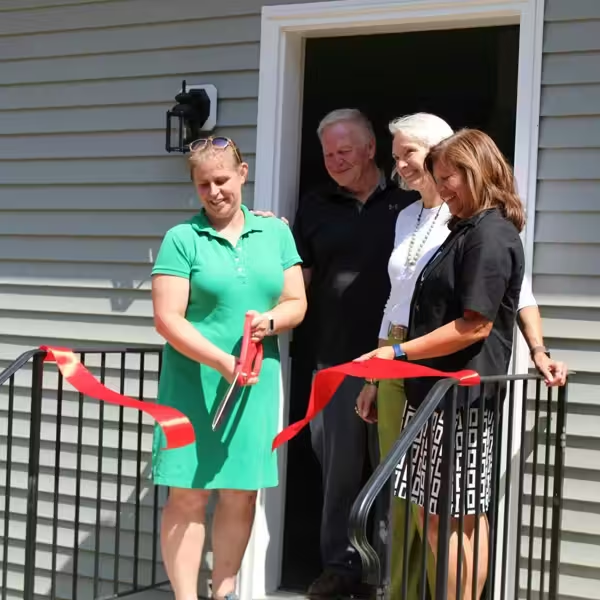The evolution of Main Street
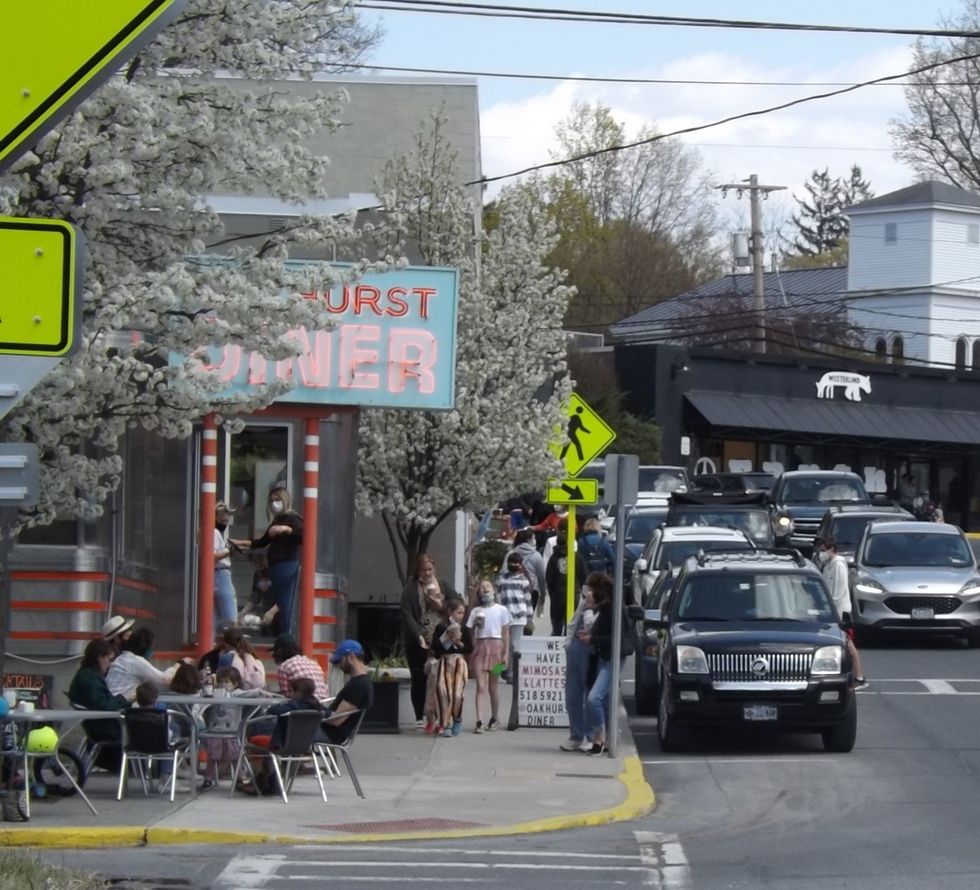
The Village of Millerton has changed greatly in the past 146 years since it was incorporated in 1875. Pictured here are various scenes from around Millerton, including a 1995 parade (in black and white). Photo by Kaitlin Lyle

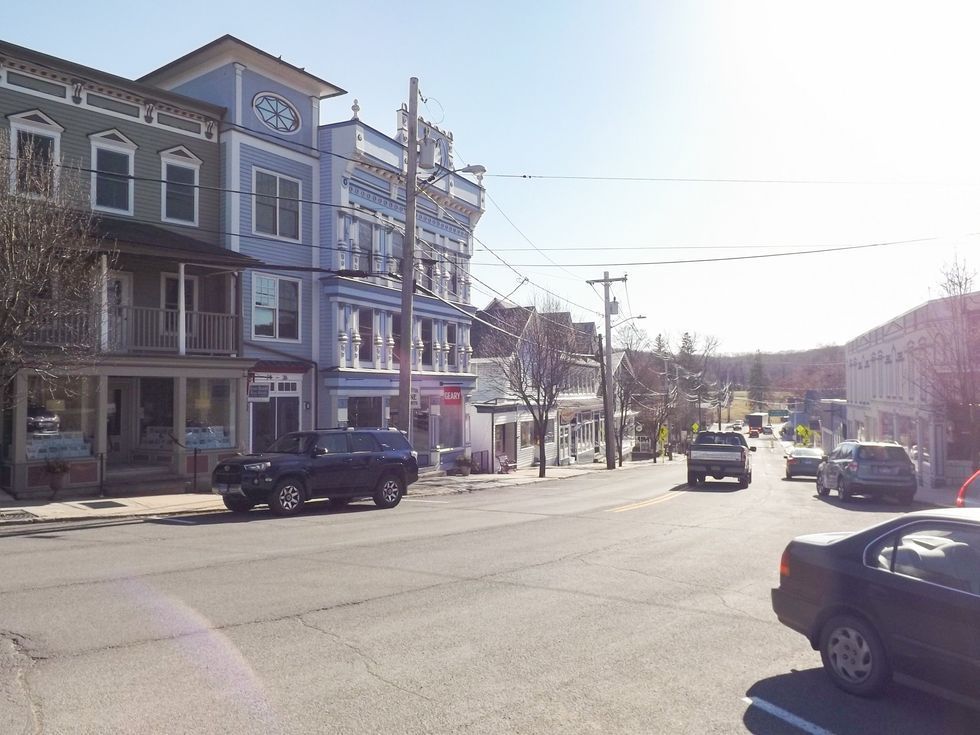
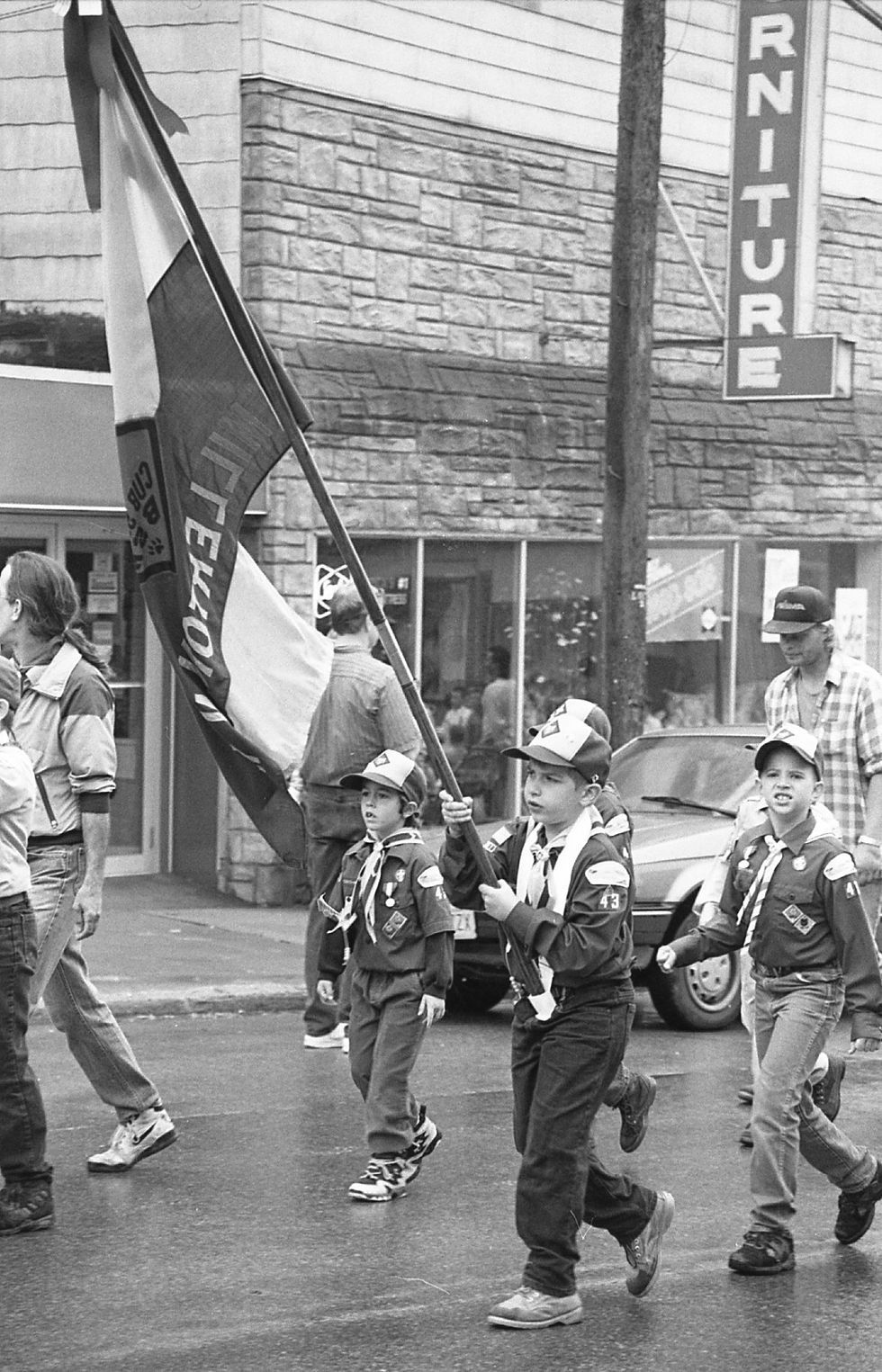
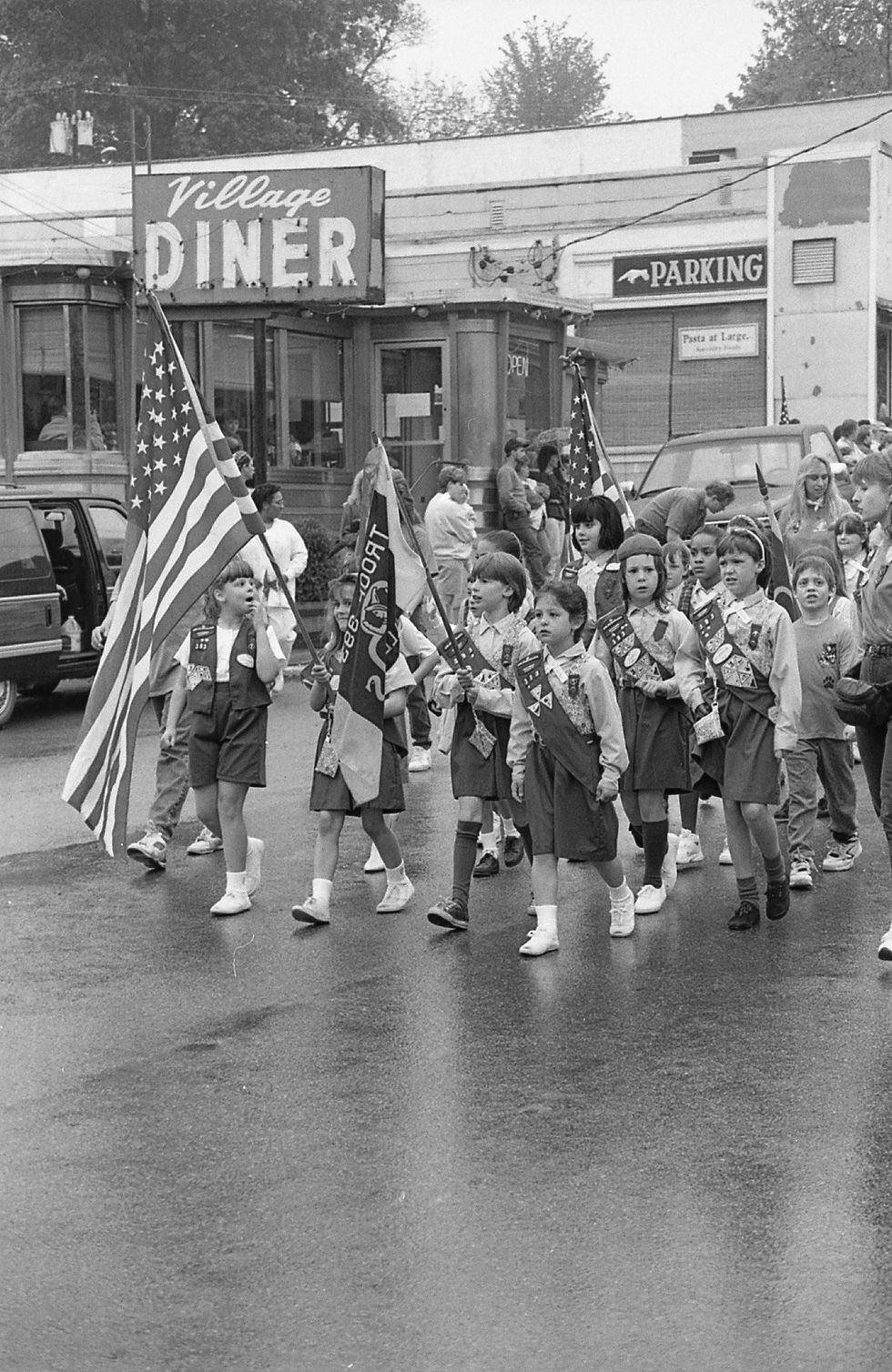
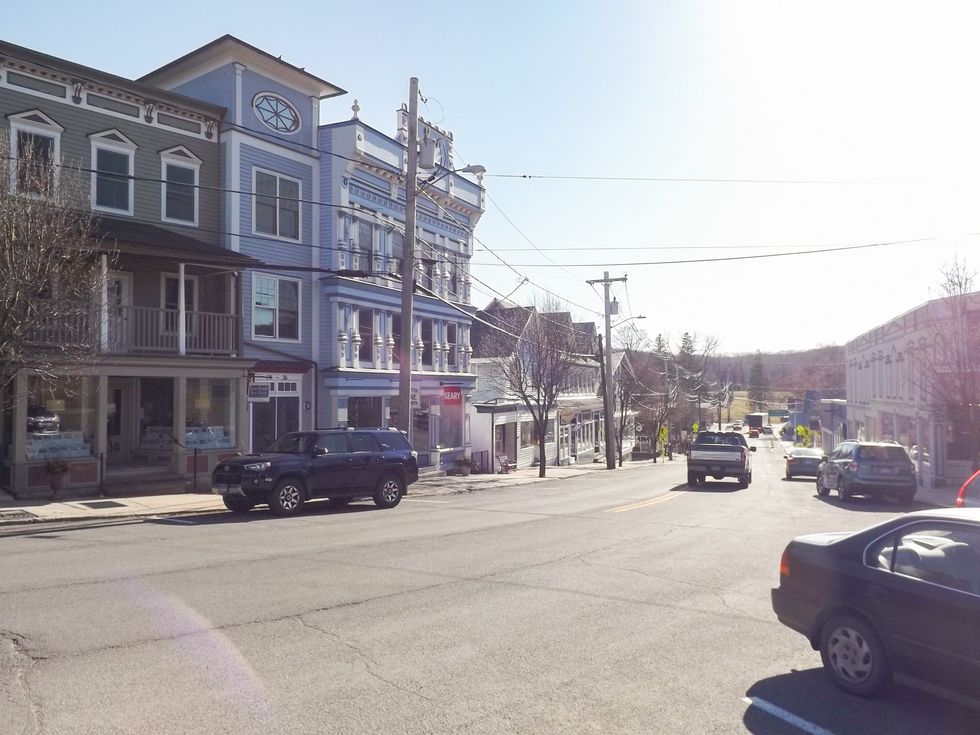
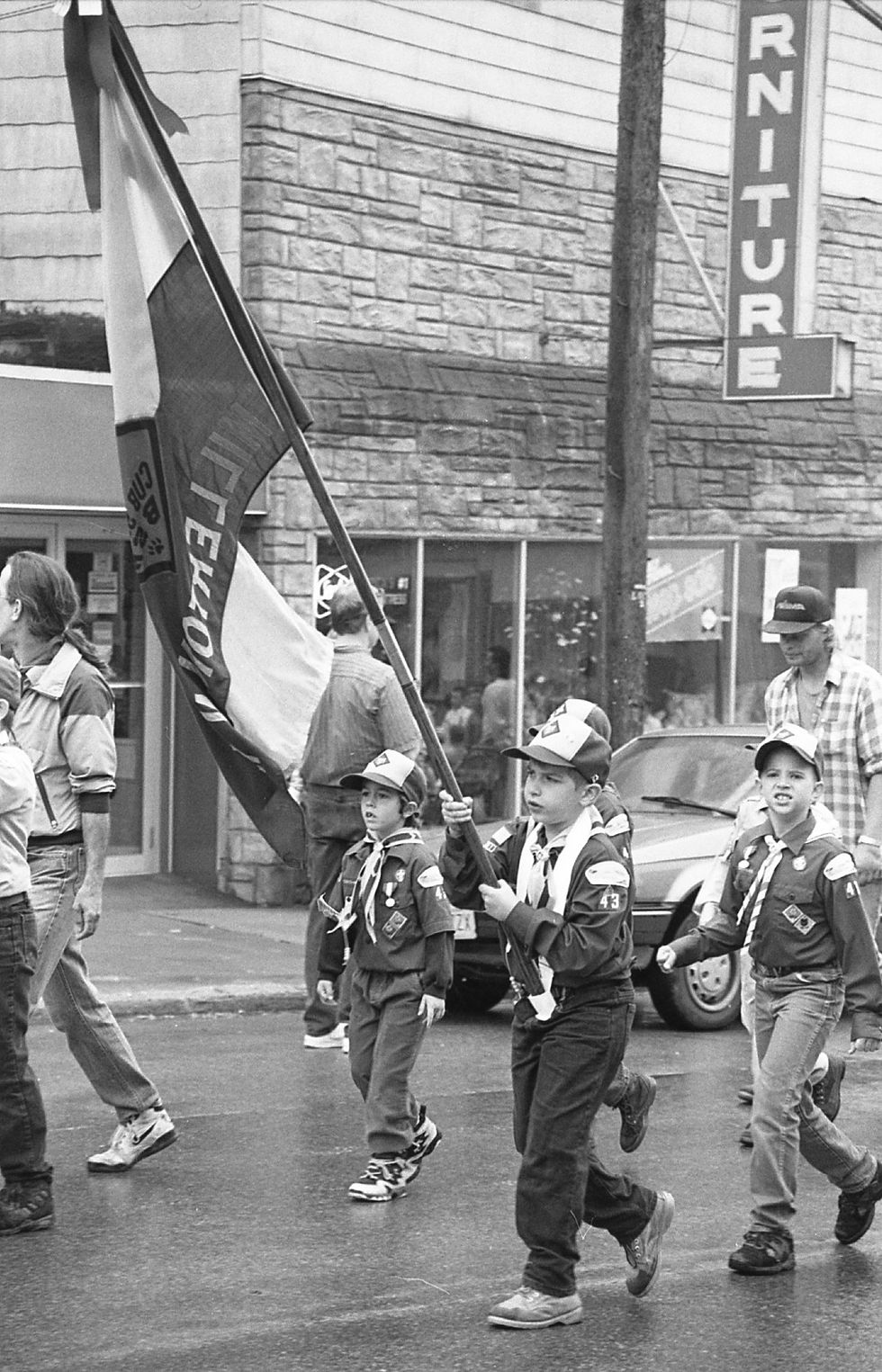



 The 4-H Club float rolls down Main Street in North Canaan en route to the Doughboy statue. RIley Klein
The 4-H Club float rolls down Main Street in North Canaan en route to the Doughboy statue. RIley Klein 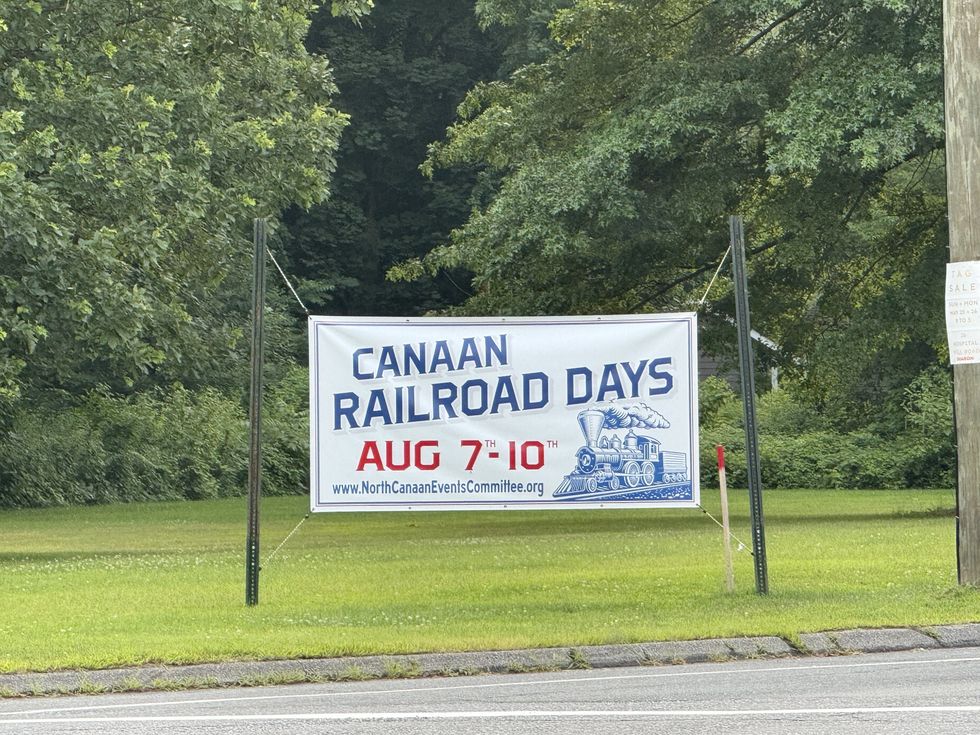 The 61st annual Railroad Days in North Canaan, now called Old Railroad Days, took place in August. David Carley
The 61st annual Railroad Days in North Canaan, now called Old Railroad Days, took place in August. David Carley 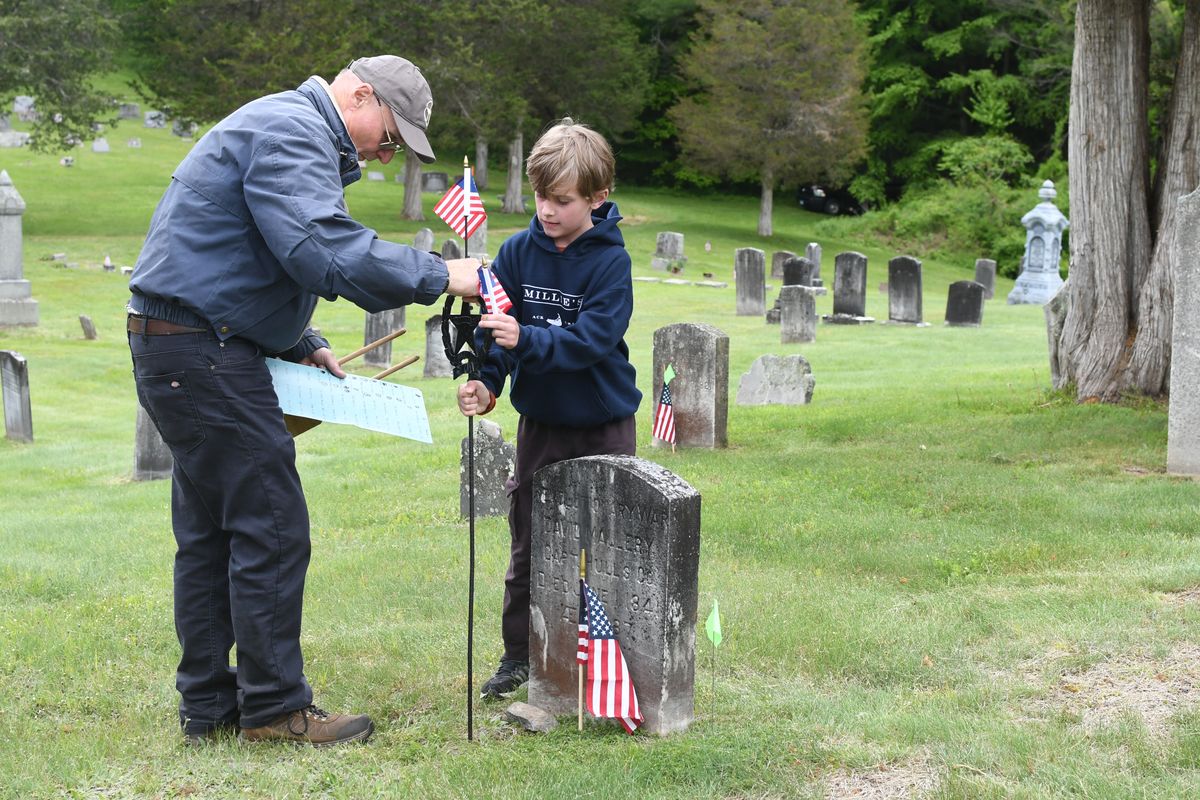
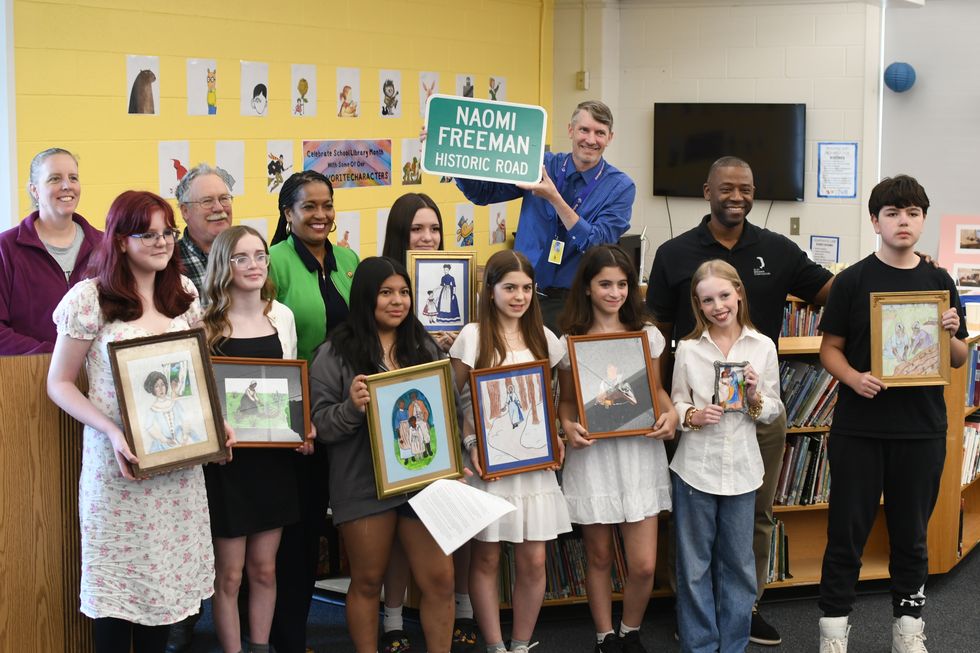 Cornwall Consolidated School seventh graders take part in a project honoring Naomi Freeman, Cornwall’s first Black female landowner,Lakeville Journal
Cornwall Consolidated School seventh graders take part in a project honoring Naomi Freeman, Cornwall’s first Black female landowner,Lakeville Journal
 Titan, a four-month-old service dog in training, greeting the Sher brothers, Eli and Noah, at the Hunt Library Wednesday, April 16. By Patrick L. Sullivan
Titan, a four-month-old service dog in training, greeting the Sher brothers, Eli and Noah, at the Hunt Library Wednesday, April 16. By Patrick L. Sullivan A heavily modified 1951 Ford F1 pickup truck on display during the Car and Motorcycle Show in July. By Patrick L. Sullivan
A heavily modified 1951 Ford F1 pickup truck on display during the Car and Motorcycle Show in July. By Patrick L. Sullivan 